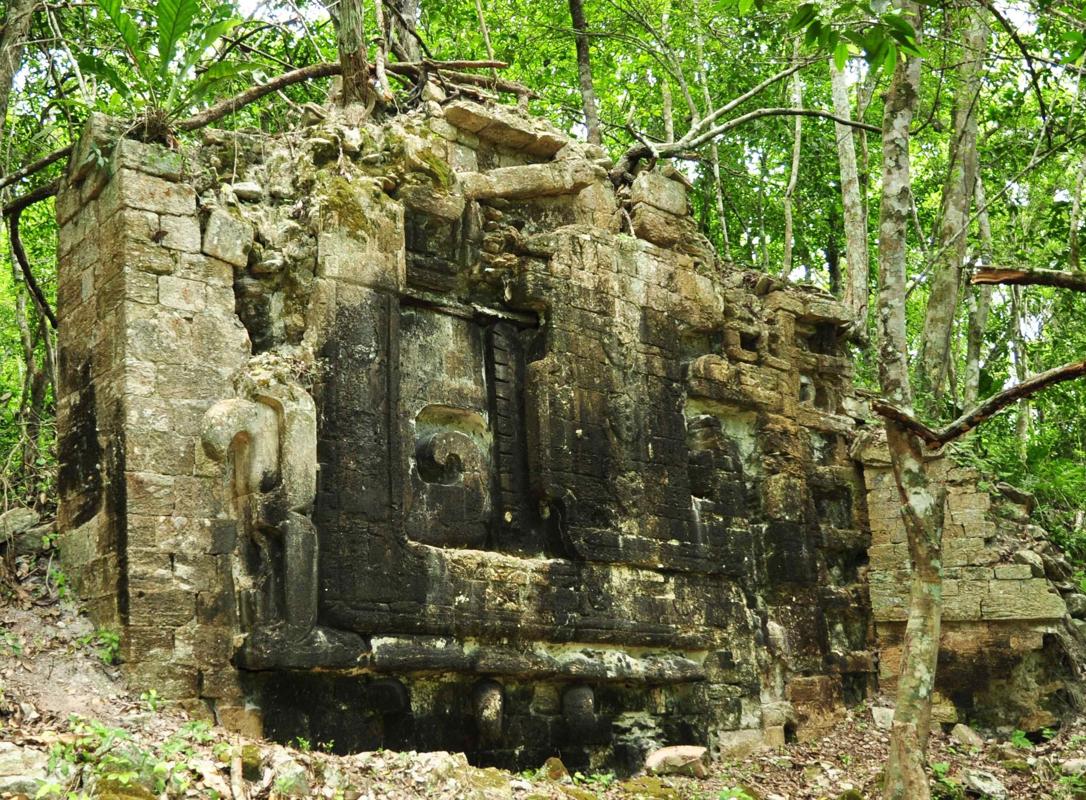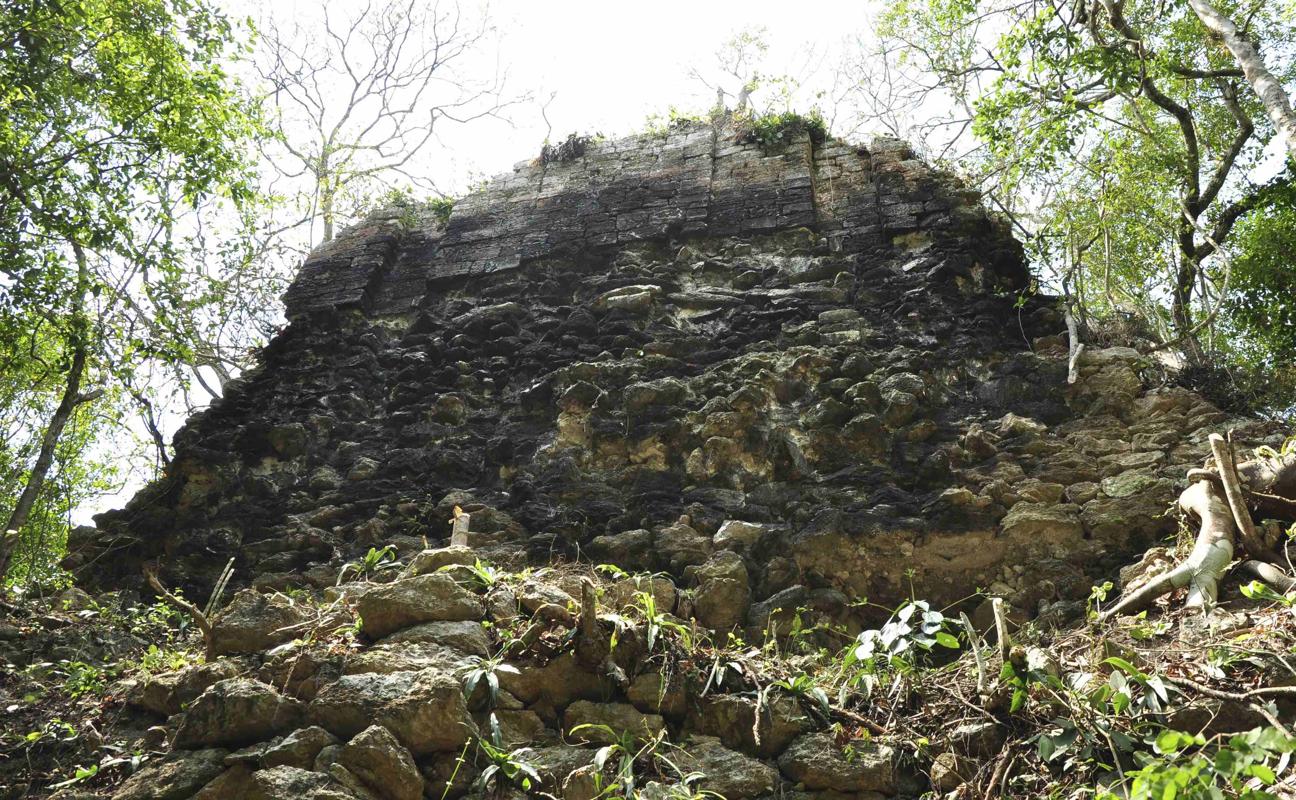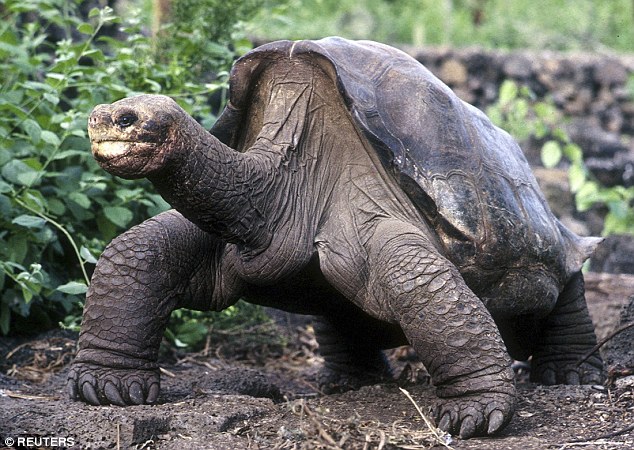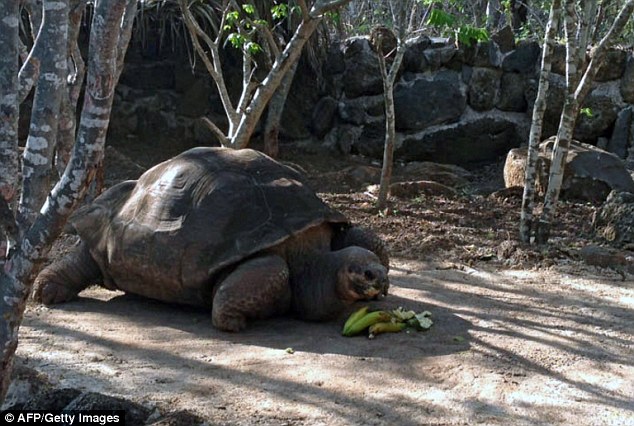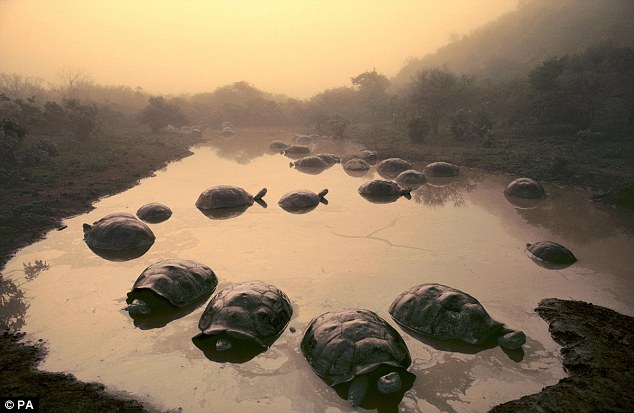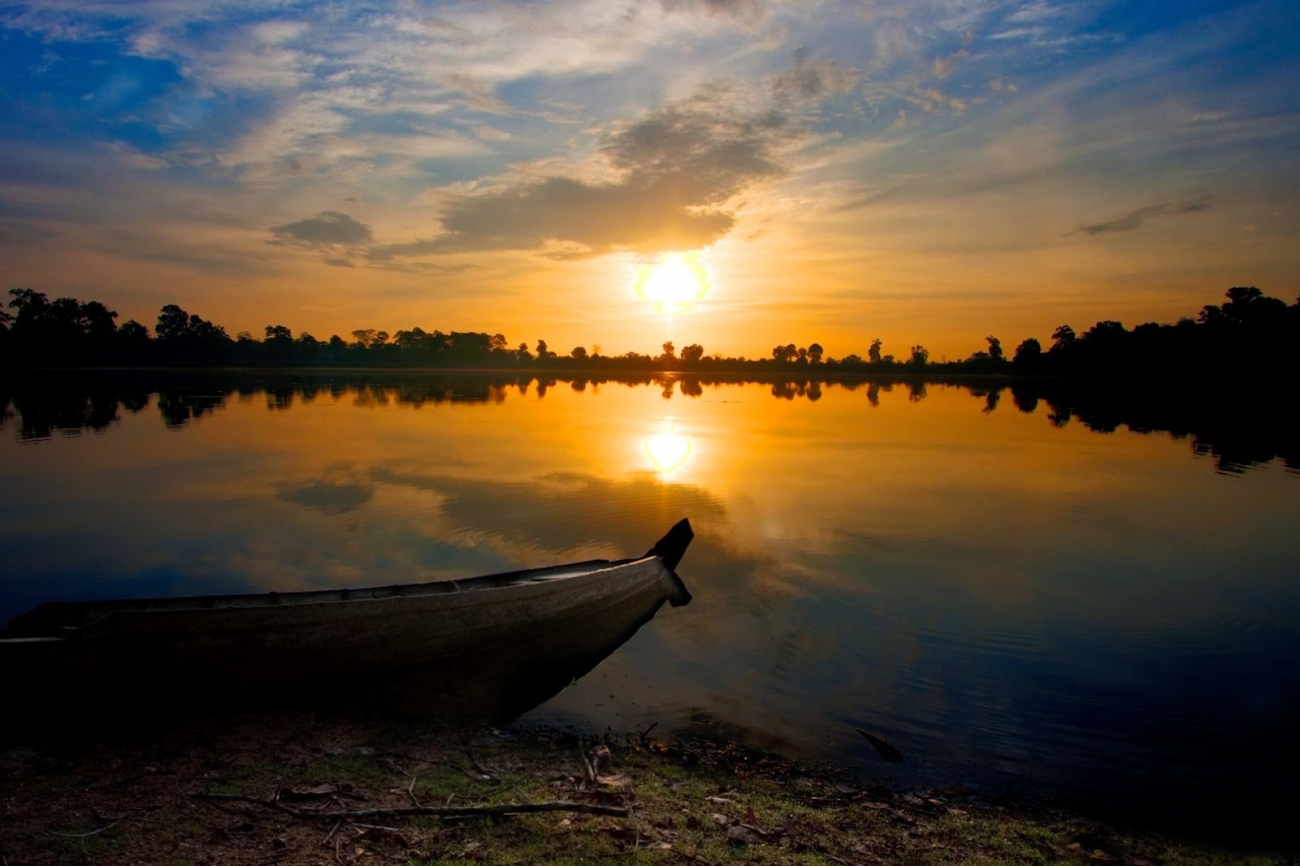 |
| Sunrise at Sraas Srang, Siem Reap, Cambodia |
By Lance Ekum, Jungle of life
There’s a sunset within the soul of each of us. Have you listened to your heart and your soul?
This sunset within each of us…it’s there. We just have to find it. Maybe it’s overcast in the world of you today. Maybe it has been for a while. Or maybe it’s a full-fledged storm. In either case, when our sunset within is blocked, we are not being completely authentic and true to ourselves. And we’re not living a life that is connecting with our deepest being.
What keeps it hidden?
- Doing what we’re told is the right thing to do
- Pursuit of the paycheck over the heart
- Not listening to that voice inside
- Going through the motions of life
Telling ourselves that someday we’ll pursue our dreams (does someday ever come?)
When we allow any on this list to be the prevailing force in our life, we suppress that sunset that is within. And all of this is not to say that sometimes we might have to do things for reasons our heart does not agree. There will be unexpected storms that come into our life — and it may mean doing something that isn’t necessarily in line with what our heart speaks.
Life happens.
Still, though, it doesn’t mean we have to be locked into these choices. Even in the midst of an unexpected storm, or for that matter, a period of much cloudiness in our life — we can still search for the sunset within.
It’s there.
“Twenty years from now you will be more disappointed by the things that you didn’t do than by the ones you did do. So throw off the bowlines. Sail away from the safe harbor. Catch the trade winds in your sails. Explore. Dream. Discover.” ~ Mark Twain
Take some time to really listen to your heart. Explore what matters deeply to you.
Your Sunset
We have this one life here on earth that we’re living. How are you choosing to live that life out?
Don’t wait for someday…it’s a day that may never come.
“Today is your day! Your mountain is waiting. So… get on your way.” ~ Dr. Seuss
What can you do, today, that will take you one step closer toward that amazing sunset within your soul? And if you’re there already, what can you do to keep that sunset shining , illuminating your life and all you do?
You are amazing — each and every one of you! And when you allow your heart-filled sunset to shine onto the world, that light and all it’s magical colors will fill the world around you with the passion you have within the depths of your soul.







